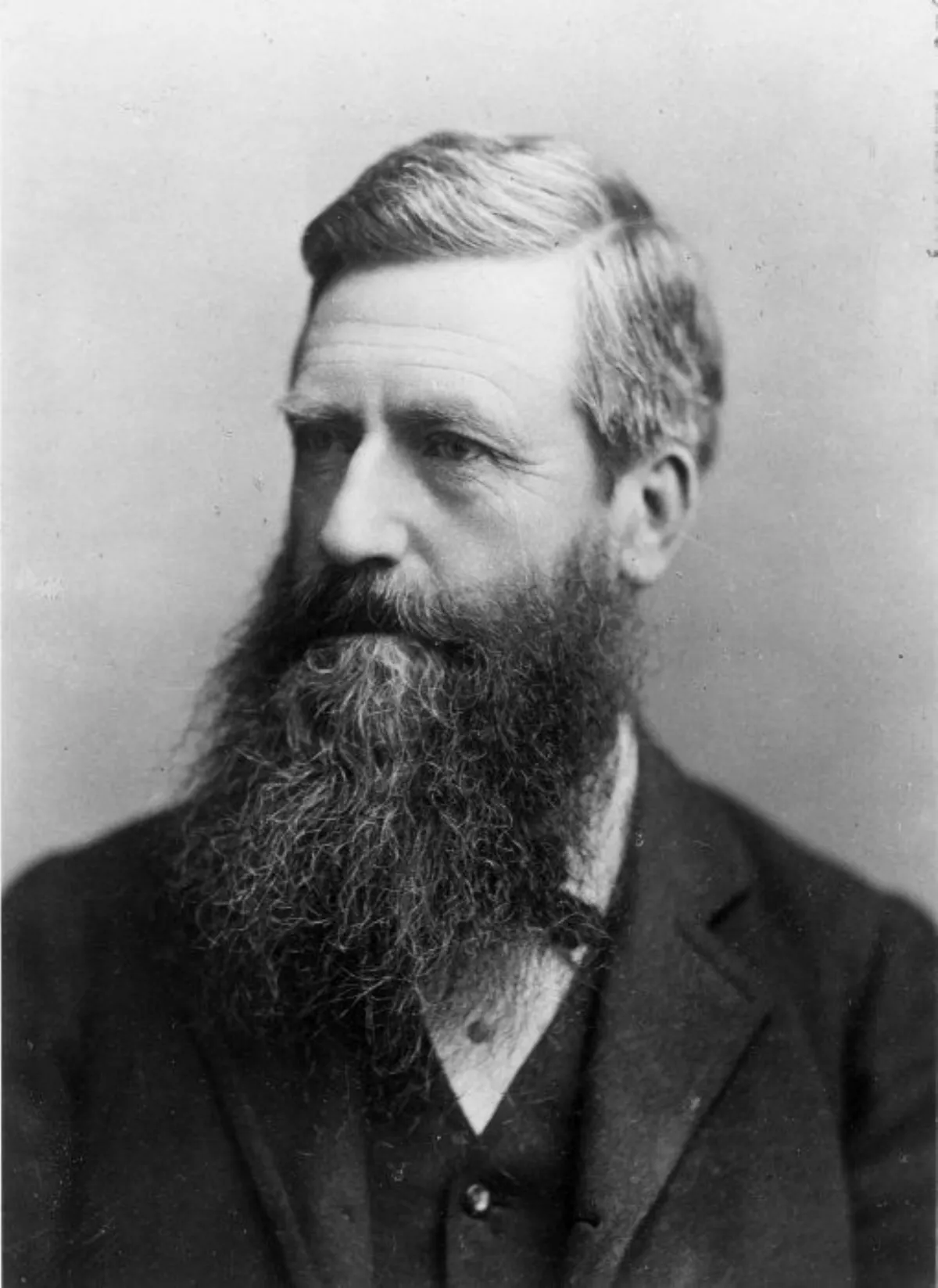 1.
1. Harry Atkinson was responsible for guiding the country during a time of economic depression, and was known as a cautious and prudent manager of government finances, though distrusted for some policies such as his 1882 National Insurance scheme and leasehold land schemes.